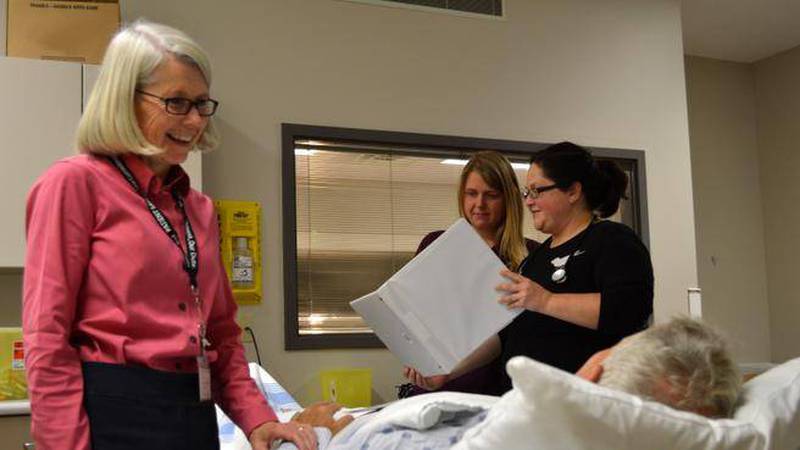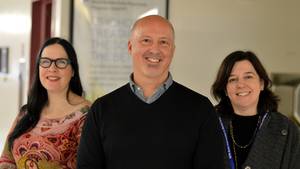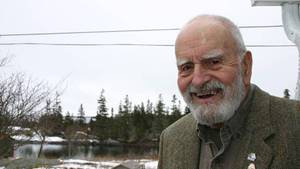To help better care for the growing, aging population of patients, a team of researchers and staff at the QEII’s Charles V. Keating Emergency and Trauma Centre have taken a successful program and are preparing to implement it in Halifax.
A New York City hospital developed the Care and Respect for Elders in Emergencies (CARE) Program, which was designed to increase the amount of support for older patients during their stay in an emergency department. Data shows that frail and aging patients require more time and support while in emergency, although their ailments are often less urgent from a medical perspective. To enhance the clinical care these patients require, this program provides the other kinds of support aging patients are looking for.
“We want to make the emergency department a better experience for patients, their families and the staff, in that we’ll be able to provide more time with an individual during their stay to compliment the time nursing or hospital staff provide," says Stacy Ackroyd, affiliated scientist with the QEII’s Department of Emergency Medicine, who was instrumental in bringing the CARE program to Halifax.
What is CARE ?
The CARE program is centred on two major points – identifying the biggest challenges facing patient care in the emergency department, and creating and enhancing the resources to address these challenges. The first is done through in-depth interviews with patients, families, and healthcare workers. The second is addressed by training more volunteers to spend time with patients and help enhance the care from nursing staff.
Nikki Kelly, a QEII nurse practitioner and part of the CARE team, agrees that volunteers would be a huge help, as some aging patients require a lot of direct care and attention while in the emergency department.
“Working on the front lines, a lot of issues that come up are the wait times, but also challenges associated with older age, such as dementia and decreased mobility,” says Nikki. "This makes it increasingly difficult for the nursing staff to manage patients in a satisfactory way.”
Health services director Sandra Janes admits that the data on patient care is readily available, but applying it in a useful manner is the real challenge.
“There are two parts to care – understanding the right thing to do, and then figuring out the barriers that keep us from doing it – the hard part is finding out how to manage them,” explains Sandra.
Stacy noted that in NYC, the program started with two volunteers, but has since grown to 57 volunteers providing 125 hours of service to patients per week. The plan is to have the program running by this time next year, with a similar two-to-three volunteers initially trained. The team also believes that people will see the benefits of the program and in typical Nova Scotian hospitality fashion, want to be part of it as well.
“We think more and more people will want to be part of this,” says Nikki. “Especially once they see the results of this program.”
Stacy also notes that direct input from patients on the program is essential to ensuring it meets the needs of patients in Nova Scotia.
“The CARE program in NYC worked well, but this is Nova Scotia. It’s a different environment and a different population,” says Stacy. “So we want to know from people who are at the front line every day, what do we need to take into account if we’re going to do it here?”
Funding for the CARE Program
To get the CARE program up and running, the team recently received a
“The grants are designed to have a unique partnership between researchers and people on the front line to solve problems that are important to both,” says Stacy.








